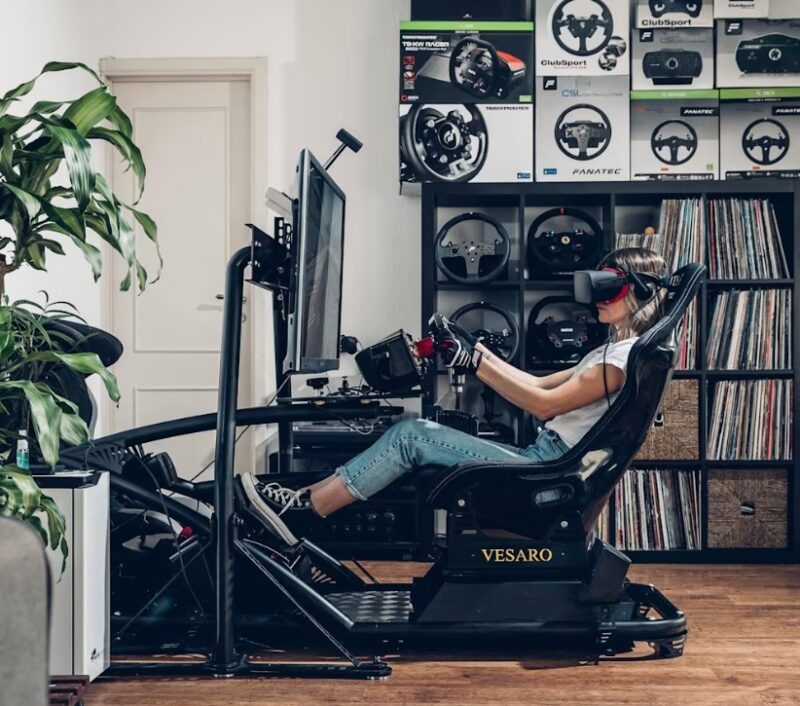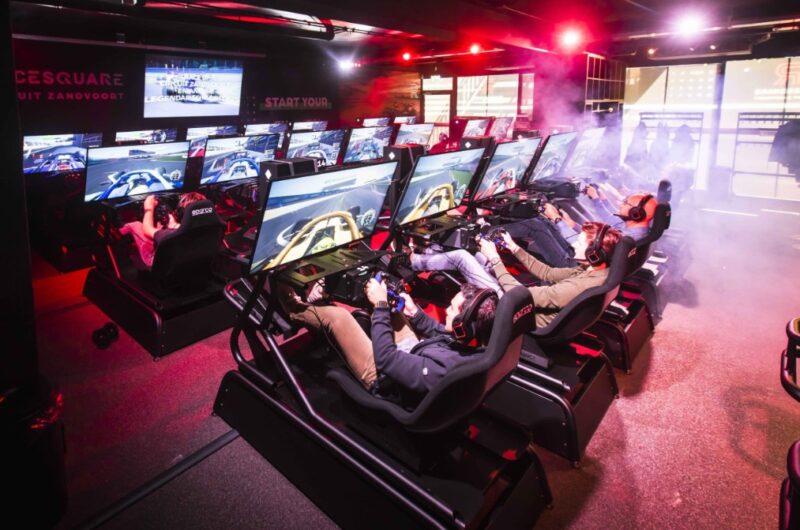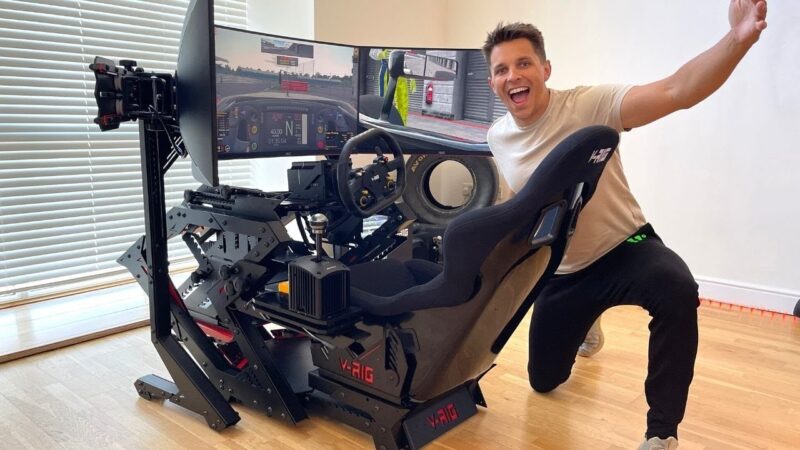In recent years, sim racing has gained immense popularity, not only among gaming enthusiasts but also among professional drivers, particularly those in Formula 1 (F1). With the advancements in technology, sim racing has evolved from being a casual pastime to a highly sophisticated tool that mirrors the real-life dynamics of car racing.
This transformation has not gone unnoticed by F1 drivers, who now incorporate sim racing into their training regimen to sharpen their skills and gain a competitive edge on the track.
The primary allure of sim racing for F1 drivers lies in its realism. Modern sim racing setups replicate the intricate details of actual F1 cars and tracks, providing an experience that is remarkably close to real-world racing. The quality of these simulations, both in terms of physics and graphics, allows drivers to practice and improve their racing techniques without the need to be on a physical racetrack.
For those looking to delve deeper into the world of sim racing, resources such as learn sim racing can offer valuable insights and guidance on getting started with professional-level simulations.
Benefits of Sim Racing for F1 Drivers
One of the key advantages of sim racing for F1 drivers is the ability to familiarize themselves with different tracks around the world. F1 circuits are complex, with each track presenting unique challenges such as different turns, elevations, and weather conditions.
By using sim racing software, drivers can virtually experience and memorize the layout of a track before they even set foot on it. This knowledge helps reduce the learning curve during actual practice sessions and allows drivers to focus on refining their strategies rather than just learning the track layout.

Technical Mastery and Strategy Planning
Modern F1 cars are equipped with a plethora of technological features, including advanced telemetry, tire management systems, and customizable car setups. Sim racing platforms provide drivers with the ability to experiment with different car settings and understand how changes in aerodynamics, suspension, and tire pressure affect the car’s performance.
This hands-on experience enhances their technical knowledge and enables them to communicate more effectively with their engineering teams about car setups and adjustments.
Collaborative Training with Teams
Many F1 teams have their own dedicated simulators, which are closely integrated with their overall operations. These simulators use data from actual races to create highly accurate simulations. Drivers can use these simulators to practice specific aspects of a race weekend, such as qualifying laps or race starts.
Additionally, sim racing allows teams to test new car parts and setups in a virtual environment before trying them on the track, reducing the risks associated with physical testing.
Comparison with Physical Training
While sim racing has proven to be a valuable tool for F1 drivers, it is often used in conjunction with traditional physical training methods rather than as a replacement.

The table below provides a comparison between sim racing and physical training in terms of their impact on an F1 driver’s preparation:
| Aspect | Sim Racing | Physical Training |
| Track Familiarization | Provides virtual access to tracks | Requires actual on-track practice |
| Reflex Development | Enhances through realistic simulation | Developed through on-track experiences |
| Mental Conditioning | Simulates high-pressure scenarios | Built through actual race experiences |
| Technical Acumen | Experimentation with virtual setups | Involves hands-on mechanical training |
| Strategy Planning | Allows testing of race strategies | Typically planned and executed in race |
Conclusion
The integration of sim racing into the training routines of F1 drivers is a testament to the advancement of simulation technology and its potential to revolutionize motorsport preparation. By offering a realistic and versatile platform for skill enhancement, technical mastery, and strategic planning, sim racing has become an indispensable tool for F1 drivers aiming to gain a competitive edge.
As technology continues to evolve, the role of sim racing in professional motorsport is likely to grow even further, providing drivers with new ways to hone their skills and push the boundaries of what is possible on the track.

